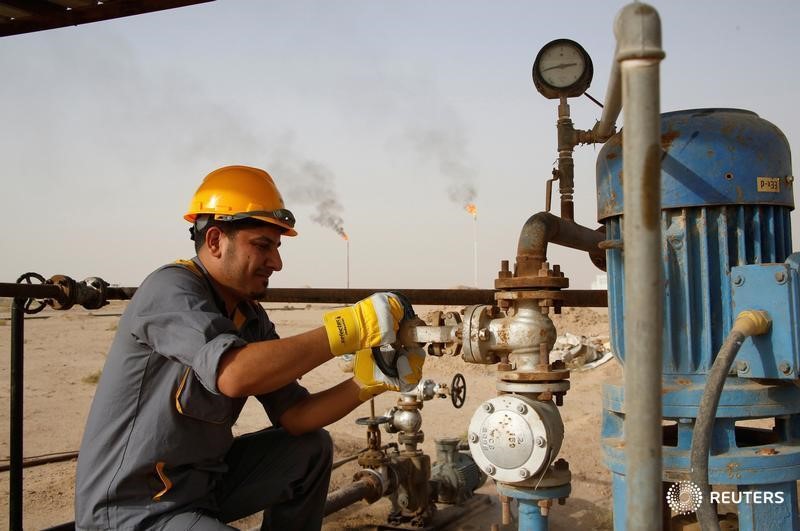Investing.com– Oil prices rose on Thursday, recovering slightly from near four-month lows as markets remained on edge over a slowdown in global crude demand, especially following weak signals from several major economies.
Crude prices fell sharply this week, with Brent now trading below the key $80 a barrel level as a storm of factors appeared to be working against oil markets.
Data from the (API) showed that U.S. crude inventories saw their biggest weekly build since February- at over 11 million barrels in the week to Nov. 3.
The API data signaled some cooling in U.S. fuel consumption, especially as the winter season approaches. Official from the Energy Information Administration is now due on Nov. 15.
Strength in the – which rebounded on a string of hawkish signals from Federal Reserve members- weighed on oil prices, as markets feared further cooling in economic growth due to high interest rates.
Waning concerns over supply disruptions from the Israel-Hamas war also saw traders no longer pricing in a risk premium from the conflict.
steadied around $79.81 a barrel, while rose 0.4% to $75.60 a barrel by 20:09 ET (01:09 GMT).
Weak economic signals dent oil markets
Weak from China pointed to more economic headwinds for the world’s biggest oil importer. While China’s oil imports still remained steady, analysts warned of a potential slowdown in crude demand, especially with high stockpiles and potentially lower export quotas for refiners.
Chinese fuel demand saw strong growth in October, thanks largely to increased travel during the Golden Week holiday. But other economic indicators for the month still pointed to weak business activity.
Focus is now on Chinese , due later in the day, for more cues on the economy.
In the euro zone, data released on Wednesday showed a sustained decline in through October, adding to concerns over a recession in the region. from the UK, due on Friday, is also expected to show a continued downturn.
Signs of sustained economic weakness in recent weeks saw markets second-guessing expectations for steady oil demand this year. Assurances from Saudi Arabia that crude consumption will remain strong did little to stem losses in oil prices, especially in the face of worsening global economic conditions.
While Saudi Arabia and Moscow said they will maintain their ongoing supply reductions until end-2023, markets were beginning to doubt whether that would be enough to support crude prices, especially as other OPEC members increased production.
U.S. oil production was also seen steadily rising in recent months.
Read the full article here





